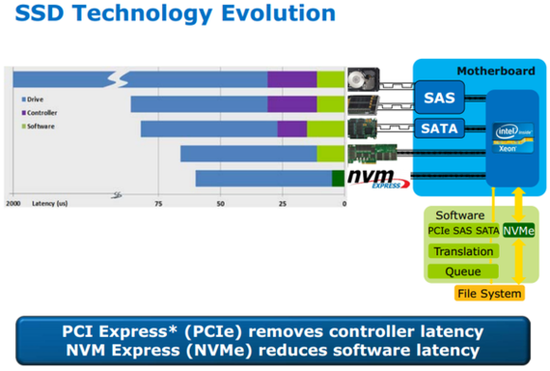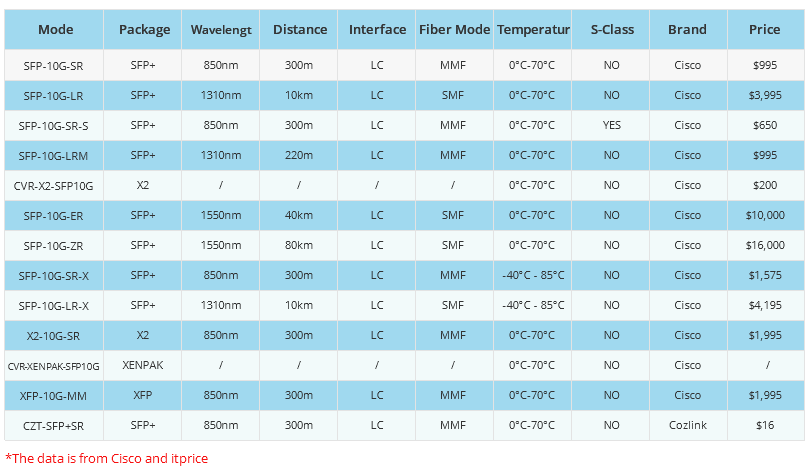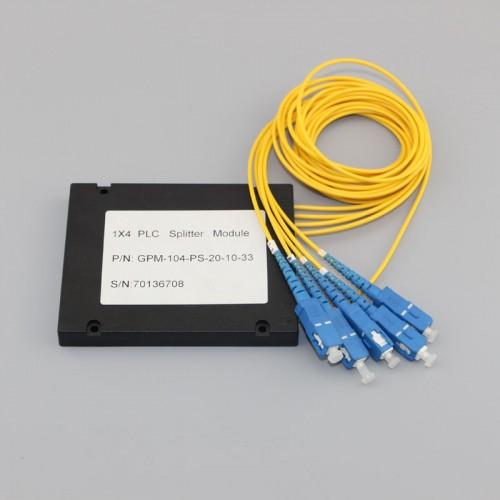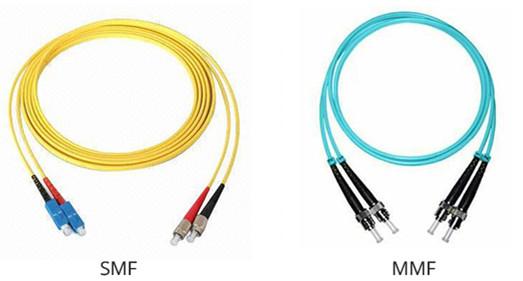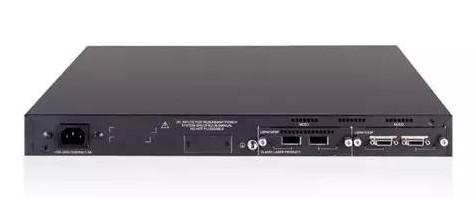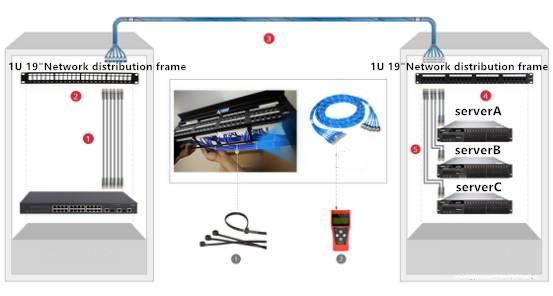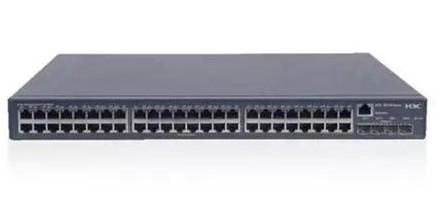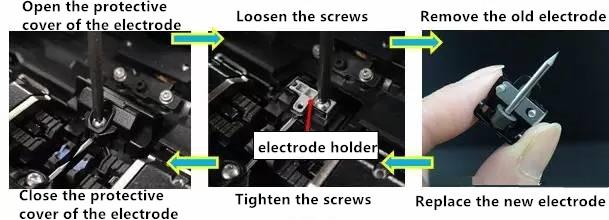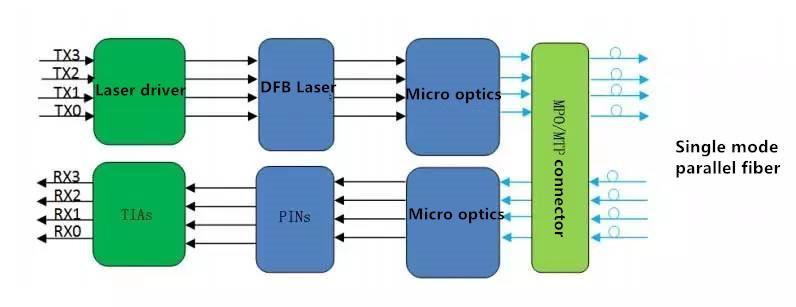Some time ago, PCI-E SSD 4 cards constitute the RIAD O array, which showing an amazing data of continuous reading that up to 9540MB / S.
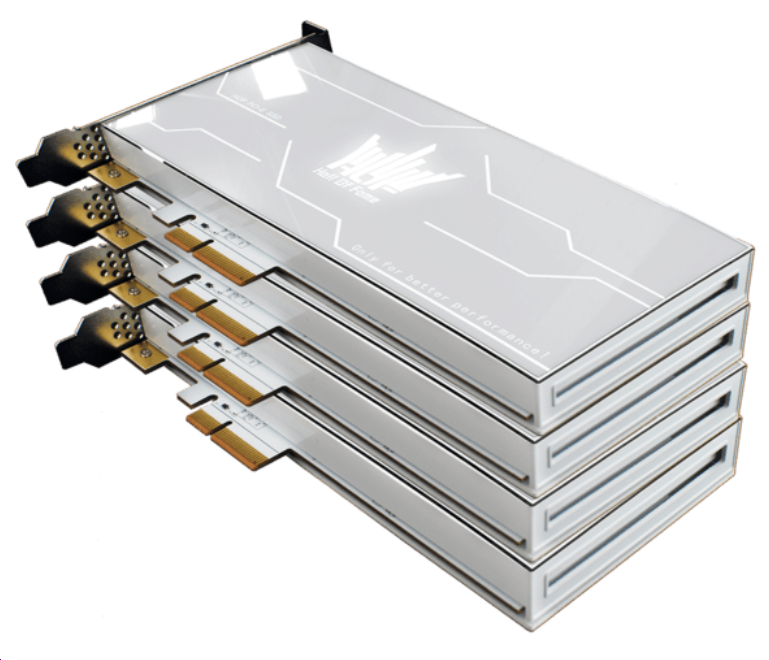
Single card continuous read and write also reached 2250.23MB/S and 1260.92MB/S, the excellent performance of can compare favorably with enterprise-class products. And how this performance breakthrough is formed? And what kind of technical supporting is used? Now, we’ll unlock the mystery for you.
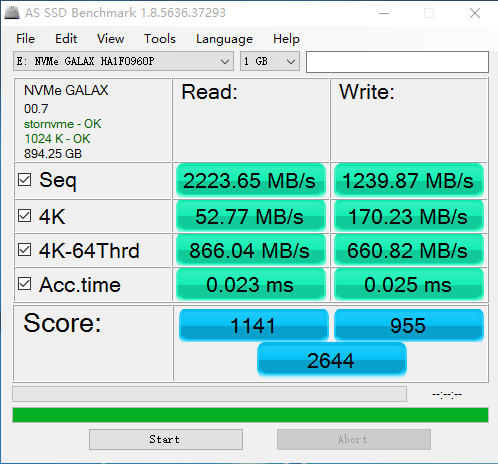
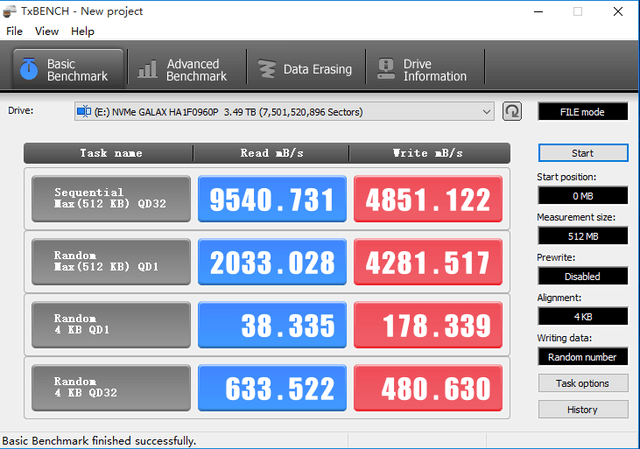
PCI-E
PCI-E full name is PCI Express, is a new generation of bus interface. . It uses point-to-point serial connection which is very popular in the industry. Compared to PCI and earlier computer bus shared parallel architecture, each device has its own dedicated connection, and does not require bandwidth to the entire bus, it can improve the data transfer rate to a very high frequency, which PCI cannot provide.
About specifications and rates
PCI Express has a variety of specifications, from PCI Express 1X to PCI Express 16X. Currently, the highest 16X 2.0 version can reach 10GB / s, and there is considerable potential for development. The latest interface of PCI-Express is the PCIe 3.0 with a bit rate of 8GT / s, which is 2 times as fast as the previous generation and includes a range of important new features such as transmitter and receiver equalization, PLL improvement, and clock data recovery to improve data transmission and data protection performance.
|
Mode
|
Bidirectional transmission mode
|
Data transmission mode
|
|
PCI Express X1
|
500MB/s
|
250MB/s
|
|
PCI Express X2
|
1GB/s
|
500MB/s
|
|
PCI Express X4
|
2GB/s
|
1GB/s
|
|
PCI Express X8
|
4GB/s
|
2GB/s
|
|
PCI Express X16
|
8GB/s
|
4GB/s
|
|
PCI Express X30
|
16GB/s
|
8GB/s
|
PCI-E Features:
1. Strong anti-interference, transmission channel-specific point-to-point serial connection.
2. Fast transmission rate, support bidirectional transmission mode, and can run full-duplex mode.
3. Supporting hot-pluggable and heat exchange characteristics.
4. Great compatibility, can not only be used for the South Bridge and other equipment connections, can also be extended to the chipset connection, or even can be used to connect graphics chips.
NVME
NVMe, full name of Non-Volatile Memory Express, NVM refers to non-volatile storage, express abbreviated as e, can also refer to e of PCIe. By designing, NVM Express allows modern SSDs to be detected by host hardware and software to take full advantage of parallelism levels, and reduced I / O overheads bring improvements to previous logical device interfaces, , including various performance, long command queues, and reduced latency. The standard form of NVM Express device is the PCI Express expansion card. As a device of form factor that provides the u.2 connector (formerly SFF-8639) via a 2.5-inch, four-channel PCI Express interface. SATA Express storage devices and the specification of computer expansion card which is internally installed also support NVM Express logical device interface.
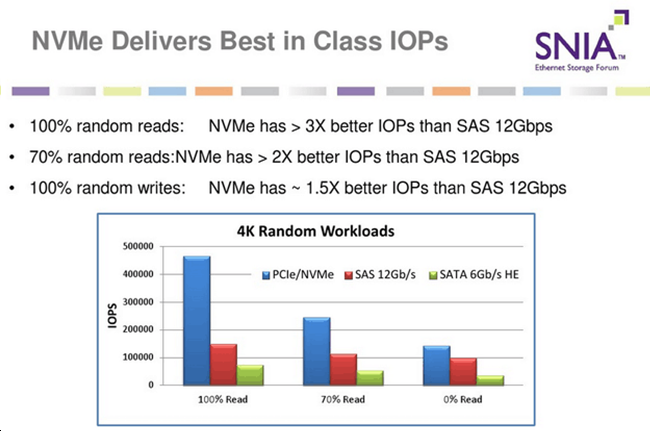
NVME Features
1. Lower latency
One advantage of NVMe is low latency. This is mainly because of streamlined storage stack, NVMe no need to read the register to issue commands, each command of AHCI requires reading four non-cacheable registers, so that resulting in an additional delay of approximately 2.5 μs. The advantage of low latency and good parallelism is that the random performance of the SSD can be greatly improved and can play an excellent speed at any queue depth.
2. IOPS greatly increased
NVMe also greatly improved the IOPS performance of the SSD, the idea of parallelism is not fully integrated into the specification when formulated AHCI specification, and optimizing the transmission capacity by using NCQ function, but the interface does not allow the SSD to really maximize the parallelism it deserves.
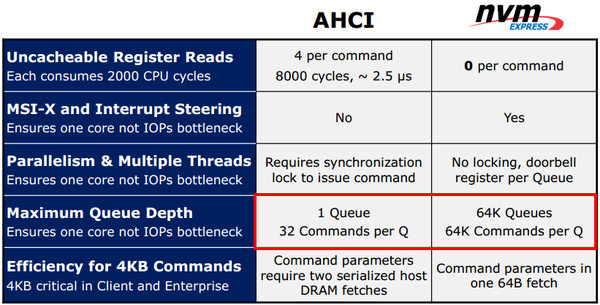
3. Lower power consumption
NVMe adds automatic power state switching and dynamic power management. The device can switch from the power consumption state 0 to 1 after idle for 50ms, and then enters the state 2 of lower energy consumption after idle 500ms. Although a short delay will be produced on the state of switching power consumption, but these two states can be controlled at a very low level in idle state, so compared to the mainstream SATA interface, SSD has a greater advantage in energy management, which is very helpful for the endurance of mobile devices.
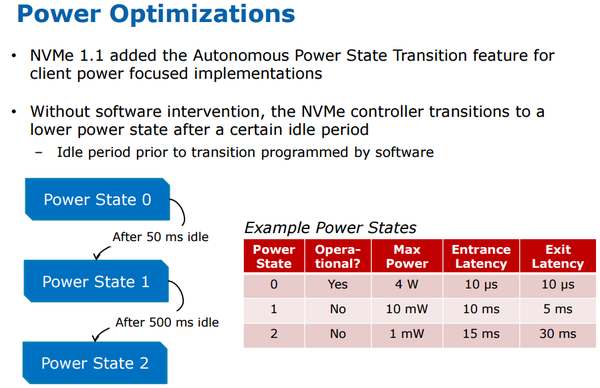
4. Wide applicability of driver
The NVMe standard also solved the issue of driver applicability of different PCIe SSDs. The previous PCIe SSD are required to install the driver to normal use, and different manufacturers have their own drivers, SSD cannot be used as a guide to use. After supporting NVMe standard, PCIe SSD can be applied to many different platforms, do not need to provide independent driver support. Now Windows, Linux, Solaris, Unix, VMware, UEFI, etc. have joined the NVMe SSD support.
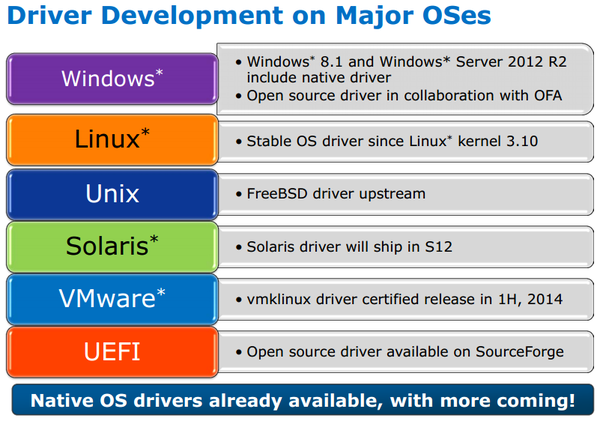
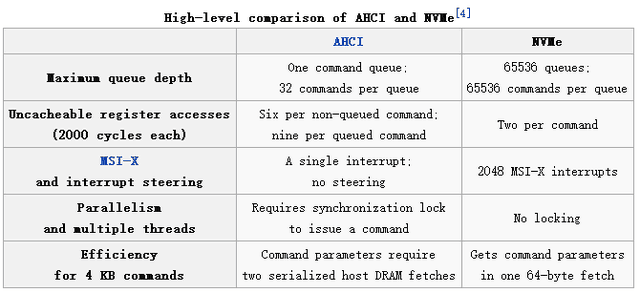
Summary:
The tailored standards of PCI-E and NVME has become a new generation of bus interface. Currently, as the growing requirements of the SSD performance, SATA 6Gbps and AHCI will gradually become a bottleneck in the development of storage devices, more and more PCI- E SSD appears in the consumer market, we believe that NVMe standard storage products will gradually occupy the market and become the new choice.





